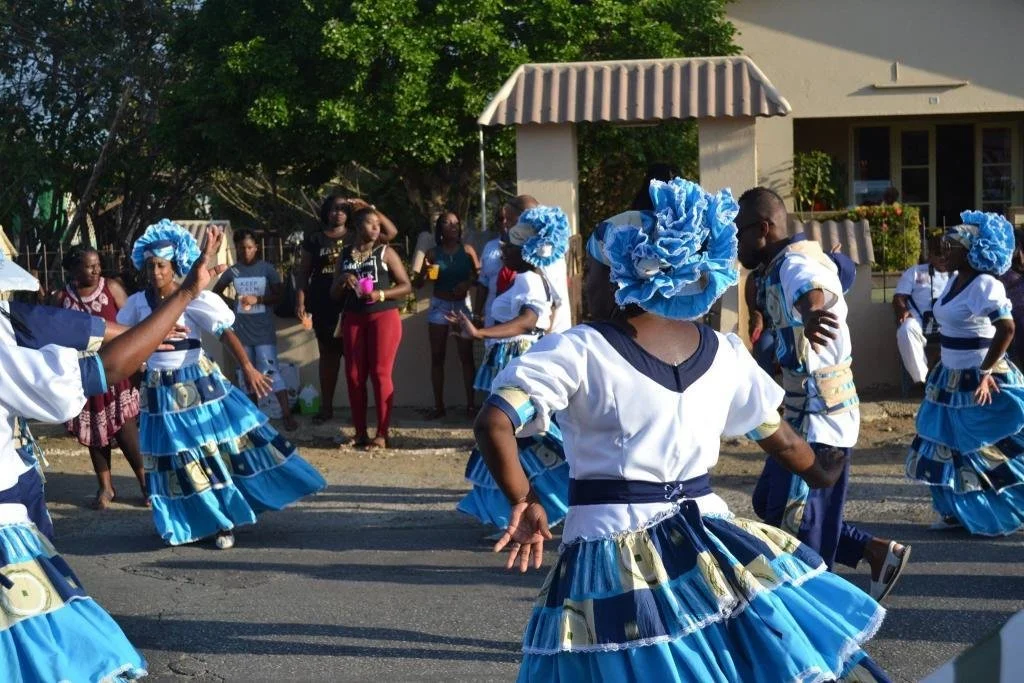In Papiamentu, e can mean “he,” “she,” or “they,” depending on context. While I also use they/them, these carry a Euro-American panache and remain bound to the gender binaries embedded in English, Spanish, and Dutch. Using e is therefore both linguistic and political: it grounds my language in the Caribbean and resists colonial gender frameworks.



